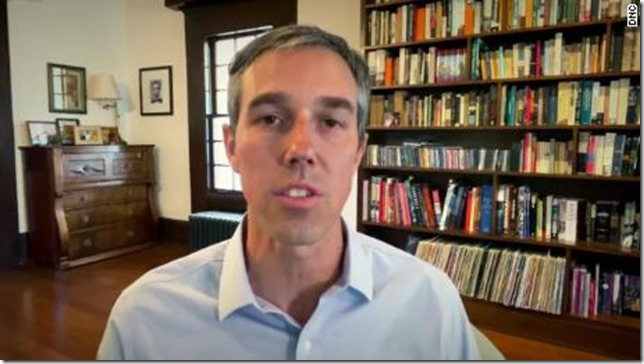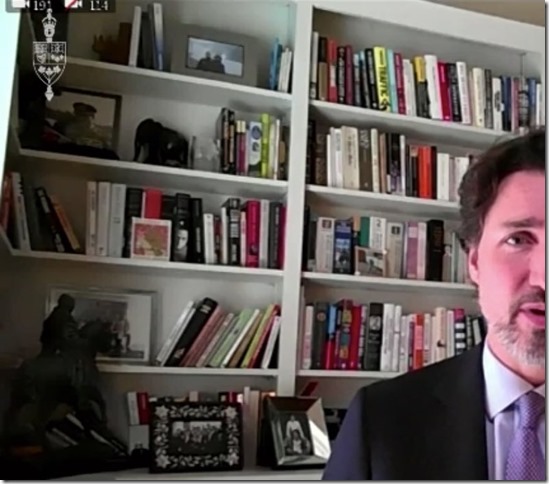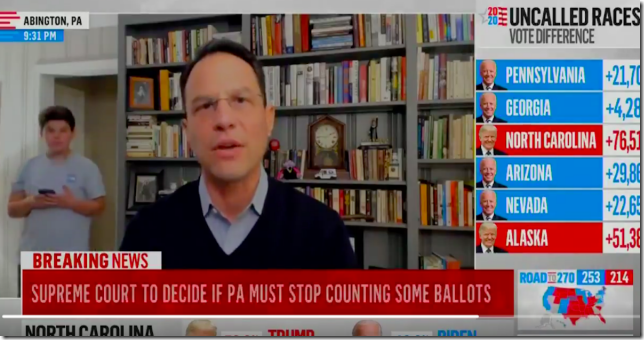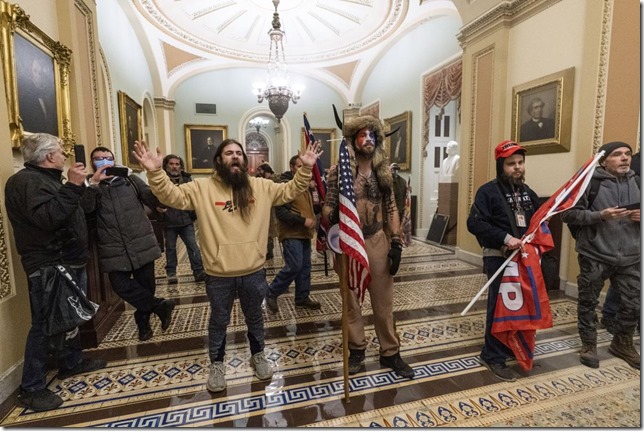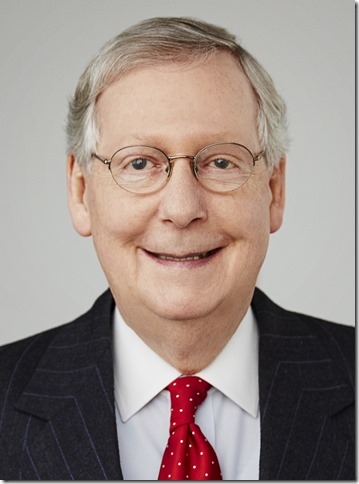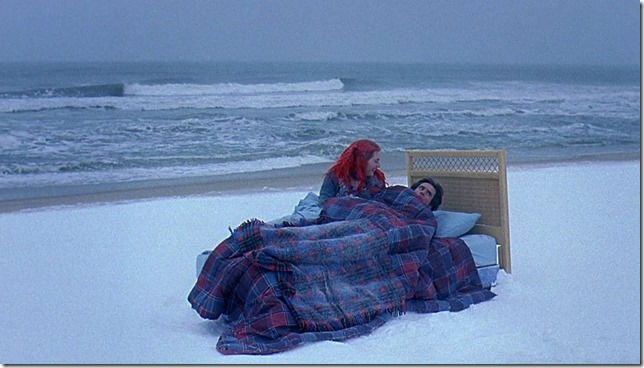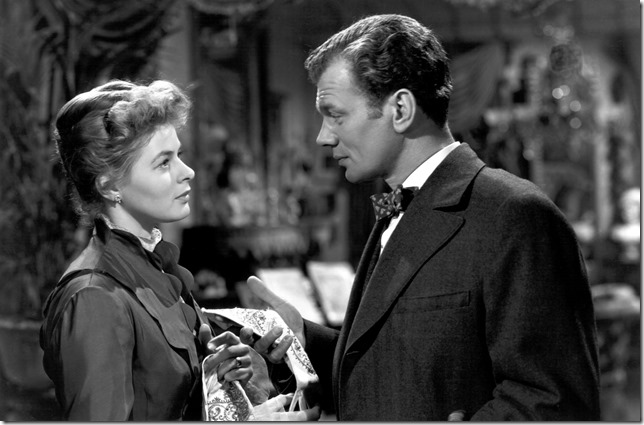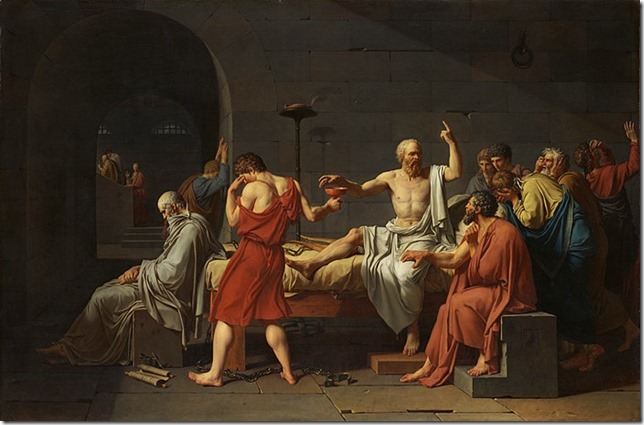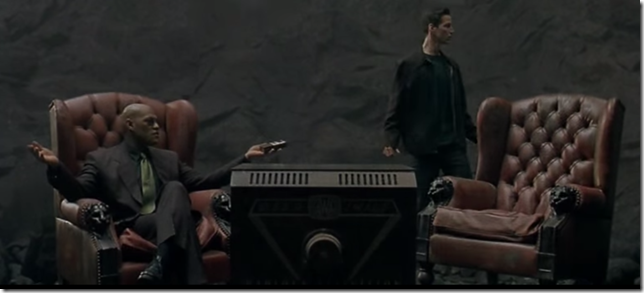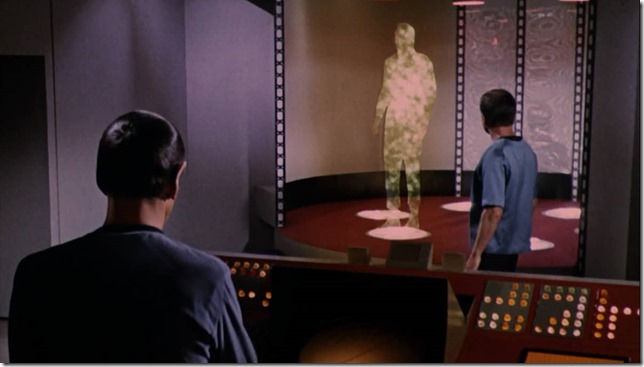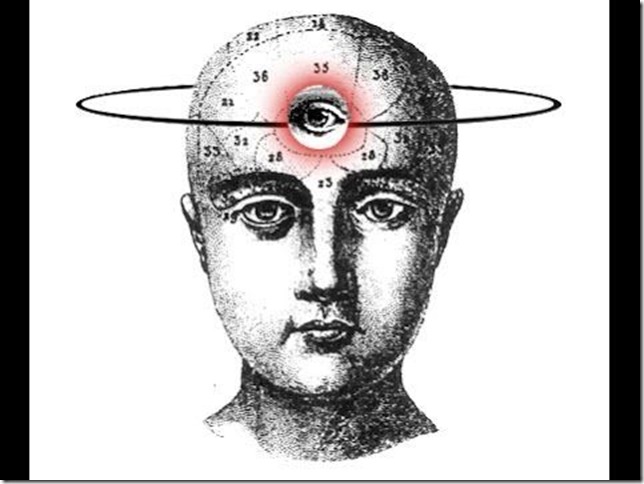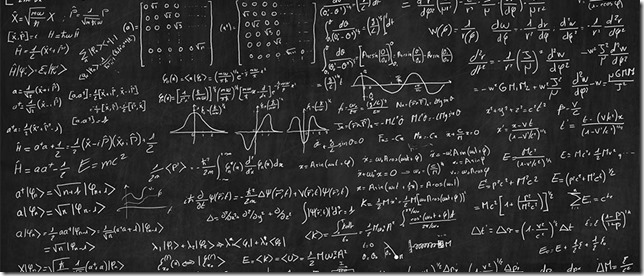“So, in the next century there will be no more books. It takes too long to read, when success comes from gaining time. What will be called a book will be a printed object whose “message” (its information content) and name and title will first have been broadcast by the media, a film, a newspaper interview, a television program, and a cassette recording. It will be an object from whose sales the publisher (who will also have produced the film the interview, the program, etc.) will obtain a certain profit margin, because people will think that they must “have” it (and therefore buy it) so as not to be taken for idiots or to break (my goodness) the social bond! The book will be distributed at a premium, yielding a financial profit for the publisher and a symbolic one for the reader.” – Jean-François Lyotard, The Differend: Phrases in Dispute, 1981
Month: January 2021
Unmasking, Optics, and Surveillance 1/n
How do you deal with people who refuse to wear masks?
According to fedscoop, tracking down rioters from the January 6th Capitol invasion will be easy due to three reason:
- rioters typically didn’t wear masks
- rioters photographed, videoed, and streamed their insurrection
- surveillance software is extremely good at analyzing photographs and videos for facial matches
- (as an aside, facial recognition software is better with white faces than with minority faces. the overwhelming majority of the rioters were white – and men.)
One way to make sense of this is to realize that masking has taken on mythic overtones in America’s culture wars and the Trump supporters who came to attend rallies in the capital, before they became rioters in the Capitol, are anti-mask. Then when they became a mob and invaded the home of the legislative branch of government, they simply didn’t have masks on them.
On the other hand, the rioters seemed anxious to be seen, livestreaming what they perceived as a revolution as it was occurring. If there was no COVID, it seems likely the rioters would have done the same thing and, potentially, there was more masking than there would have otherwise been because of the pandemic.
There are then two plausible reasons rioters didn’t wear masks. First, the rioting was a surprise to most of them and most of them hadn’t known that they would end up breaking the law. Second, they didn’t see themselves as breaking the law, but thought they were on the same side as the police, the president, and other lawful authorities.
At some point, not wearing COVID masks overlaps with not wearing criminal masks, the first from the belief that COVID is not real and the second out of the belief that breaking into the Capitol is not a crime. But surely, deep inside, there is the suspicion for these people that both the disease and the crime are real.
This inherent conflict between wanting to hide our true selves while also wanting to reveal ourselves online is at the heart of the societal changes driven by social media like Twitter and Facebook. We know that these companies make their money by surveilling our online behavior and selling our information. Yet we see this as a fair trade because they give us the ability to be heard and connect with other people who think like us.
The structural artifact created is that unwanted surveillance is inextricable from the opportunity for identitarian expression.
For Capitol rioters, being observed is the natural corollary to being observed.
Due to the bad optics of the rioting of the U.S. Capitol, some Trump supporters are now disavowing the rioters and attempting to unmask them as Antifa agents pretending to be militia/3 percenters/bougaloo bois/ proud bois/ white supremacists.
In this final turn, the ideology critique tradition that runs through Nietzsche, Freud, Marx, critical theory and eventually critical race theory, reaches an apex of sorts – unmasking as a tactic for erasing one’s tracks, even when everything has been caught on film.
In 1983 David Copperfield made the Statue of Liberty disappear on live television. It was similar to many other disappearing tricks he had performed over the years, but the scale and the fact that it was being filmed made it seem all the more inexplicable. According to some debunkers, however, the fact that it was filmed, and that we all have a bias toward believing what we see with our own eyes, made it actually easier for Copperfield to create his illusion.
As a software developer working with virtual reality, computer vision and artificial intelligence, and also as a former philosophy student, the intersection of these three themes, unmasking, optics and surveillance, are a rich mine for me. In the next few days I want to take each of these concepts apart philosophically and historically, in isolation and in relation to each other, and destrukt them to see what falls out. I want to address Kant’s distinction between the private and public spheres in What Is Enlightenment? while also covering the role of the unmasking motif in Scooby-Doo, naturlich. I want to dig into why magicians never reveal their tricks and why politicians never admit they are wrong. Along the way, if I am feeling particularly self-destructive, I want to touch on Critical Race Theory, cancel culture, right wing safe spaces, the politics of personal destruction, nuclear options and redemption through art vs salvation through politics.
Patrick Leahy Cannot Preside Over a Presidential Impeachment
I’m not a lawyer, much less a Constitutional scholar, so I really have little weight to throw toward resolving the question of who should preside over the second impeachment trial of President Donald Trump. This is the second time of late that I’ve opined on matters for which I am fairly unqualified to opine. I’m even starting to worry that I’m becoming a bit of a habitual self-investigator rather than merely an easily distracted autodidact.
At the same time, I have been trained as a post-grad philosophy student to deal with some fairly difficult texts, many of which contradict each other, all dealing with extremely abstruse ideas and involving dense argumentation. Which is to say, I really find it difficult to resist.
It was recently reported that Senator Patrick Leahy will be presiding over the upcoming impeachment trial of Donald Trump rather than Supreme Court Chief Justice Roberts. The reasons for this are twofold.
First, Justice Roberts appears to have demurred when approached by Senator Chuck Schumer concerning the matter.
Second, Article I, Section 3, Clause 6 states that “When the President of the United States is tried, the Chief Justice shall preside.” In other cases, such as impeachment of a Vice President or other civil officers, the President Pro Tempore of the Senate presides over impeachments. This case seems to fall somewhere in-between as Trump is no longer a sitting President of the United States.
The complication here is that how we read Article I, Section 3, Clause 6 on this matter is tied to our interpretation of Article II, Section 4 of the Constitution says this about the President of the United States: “The President, Vice President and all civil Officers of the United States, shall be removed from Office on Impeachment for, and Conviction of, Treason, Bribery, or other high Crimes and Misdemeanors.”
A minority of Constitutional experts who have weighed in on the matter interpret this section to mean that an ex-President of the United States cannot be impeached and tried, since the plain text of the Constitution says only Presidents, i.e. sitting Presidents, can be impeached and tried.
Against this argument opposing late impeachment, Brian C. Kalt, the foremost expert on late impeachments, makes it clear in a 2002 law journal article, The Constitutional Case for the Impeachability of Former Federal Officials, that this is not a correct interpretation of the Constitution’s plain text, which is much more ambiguous.
The plain text arguments tend to take the form that if non-sitting Presidents are impeachable, then the Constitution should have said “The President, Vice President or other civil officers [or former Presidents, former Vice Presidents or other former civil officers]…” Because it doesn’t then they are not.
An even less tenable argument being thrown around is that Donald Trump is now a private citizen and if the Constitution wanted to allow impeachment and trial of private citizens like you or me, then it would have said so. This is a fairly weak argument, though, since a private citizen being impeached for high crimes while in civil office is clearly different from trying a private citizen who has never held federal office (or even trying a former official for offenses committed out of office, for that matter).
The right way to look at Article II, Section 4 is that it serves to limit Congressional power regarding who can be impeached and tried, but sets no rules regarding the timing of the impeachment and trial. This interpretation brings it in line with precedent, both in English Common Law and the contemporary understanding of impeachment as articulated in the state constitutions, as well as structural arguments for late impeachment (Presidents should be discouraged from doing impeachable things late in their presidencies).
But if the timing of the impeachment trial is not constrained when the Constitution says “President of the United States” in the context of impeachment, then this would seem to apply to Article I, Section 3, Clause 6, also. If presidential impeachment trials in the Senate must be presided over by the Chief Justice of the Supreme Court, then this would be true whether an incumbent President or a former President is being tried.
Moreover, the Chief Justice does not appear to have a say in the matter. The power to try an impeached President is vested in the Senate and not the Supreme Court. The Senate makes its own rules about how it interprets the Constitution with regard to impeachment powers.
But I’m not a Constitutional expert and I’m not a lawyer. At the very least, though, it strikes this layman as odd that the Senate should choose to interpret “President” as including ex-Presidents in one part of the Constitution while deciding that it excludes ex-Presidents in another.
And if I’m noticing that, as a layman, it is not only probable but certain that the Republican defenders of President Trump in the Senate and dependable if flexible conservatives at the Wall Street Journal, National Review, and other publications will do so as well, arguing that while it may be the case that Donald Trump committed convictable acts, the process is so flawed that he must be exonerated.
Patrick Leahy cannot be allowed to preside over President Donald Trump’s second impeachment trial. Chief Justice Roberts needs to do his job.
Mitch McConnell’s Impeachment Canard
While prominent voices like those of David Frum of The Atlantic , Jim Geraghty of National Review and Peggy Noonan of the Wall Street Journal have all called for a swift second impeachment of President Trump for instigating the mob that sacked the U. S. Capitol building in their attempt to stop the Constitutionally mandated counting of the electoral vote, this process appears to have been slowed down by Mitch McConnell’s January 8 memo stating that the Senate cannot begin to act on any impeachment articles from the House until January 19th at the soonest, one day before Joe Biden’s inauguration.
McConnell is misleading and pulling a combination of what he did to Merrick Garland by using parliamentary procedure to not act with Bill Barr’s traducing of his friend Robert Mueller by misrepresenting the actual case before him.
McConnell has a reputation as a master of Senate parliamentary procedure, and has used this reputation to hoodwink the public and his fellow Senators. There are in fact multiple ways to begin Senate impeachment hearings before January 19th.
The Senate is currently adjourned for three day increments and holding pro forma sessions in between. According to Mitch McConnell’s memo,
“It would require the consent of all 100 senators to conduct any business of any kind during the scheduled pro forma sessions prior to January 19, and therefore the consent of all 100 senators to begin acting on any articles of impeachment during those sessions.”
According to a report Mitch McConnell had drawn up by the Congressional Research Service in 2012 about pro forma sessions, however, the correct language is not the consent of all 100 senators but rather unanimous consent, which is a very different thing that pretends to be the same thing. In fact the House just tried to pass a resolution by unanimous consent earlier today to request that Vice President Mike Pence invoke the 25th Amendment, and it basically means that unless anyone voices an objection we’ll all just pretend that all members agreed. (Someone did object, by the way, and the vote will be tabled for tomorrow.)
The CRS also, in this report, identifies two pro forma sessions of the Senate in which legislative business occurred through unanimous consent, on December 23, 2011 and August 5, 2011.
The report also states that there two ways to conduct business during a pro forma session and not just the one that McConnell claims in his recent memo:
“While, as noted above, the Senate has customarily agreed not to conduct business during pro forma sessions, no rule or constitutional provision imposes this restriction. Should the Senate choose to conduct legislative or executive business at a pro forma session, it could, providing it could assemble the necessary quorum or gain the consent of all Senators to act.”
So what are pro forma sessions and why is a) unanimous consent different from the b) consent of 100 senators. Also, why does McConnell think he can get away with conflating these two things?
Pro forma sessions are effectively sessions that last under five minutes in the Senate during which nothing is accomplished but which must be held in order to be in compliance with Article 1, Section 5, Clause 4 of the Constitution.
Neither House, during the Session of Congress, shall, without the Consent of the other, adjourn for more than three days, nor to any other Place than that in which the two Houses shall be sitting.
By holding a pro forma only meeting every three or so Congressional business days, either chamber can take an extended adjournment, allowing members the time to visit constituents, raise money, and so on, without technically violating the Constitution or requiring the consent of the other chamber.
In 2012, President Obama challenged the status of the pro forma session when it was being used by Mitch McConnell to block the President’s recess appointments. His administration claimed that these were not real sessions and that therefore the Congress was effectively in recess.
The Supreme Court disagreed in their decision in National Labor Relations Board v. Noel Canning, stating that pro forma sessions are not just for show because 1) the Senate says they aren’t and also because 2) legislative action can occur by unanimous consent because a quorum, required for unanimous consent, is presumed, even if it doesn’t exist actually.
Confusing, isn’t it? I’ll quote extensively from this analysis from the Tom Goldstein of SCOTUSblog, which elucidates the matter further:
The interesting point is that (b) is rests on a fiction: there actually is no Senate quorum during a pro forma session. As Mitch McConnell’s brief in the Supreme Court explains, “The Senate, in other words, has provided that a quorum is presumed until proven otherwise.” And it is a fiction the Court definitively accepts: “[W]hen the Journal of the Senate indicates that a quorum was present, under a valid Senate rule, . . . we will not consider an argument that a quorum was not, in fact, present.”
Yet that critical presumption that a quorum exists is easily burst: any member of the Senate can suggest the absence of a quorum. “During any pro forma session, the Senate could have conducted business simply by passing a unanimous consent agreement. . . . Senate rules presume that quorum is present unless a present Senator questions it.” As Noel Canning’s brief in the Supreme Court explains, “whenever the Senate lacks quorum . . . , a single Senator can prevent the Senate from conducting business by making a quorum call.”
It’s turtles all the way down. To recapitulate:
- A pro forma session counts as a real session, for Constitutional purposes, if legislative action can occur during this session.
- Legislative action can occur during a pro forma session through unanimous consent.
- Unanimous consent requires a quorum comprised of a simple majority of all senators (51).
- Even if a quorum is not actually present, the rules of the Senate maintain the fiction that one is unless a senator calls for a quorum count.
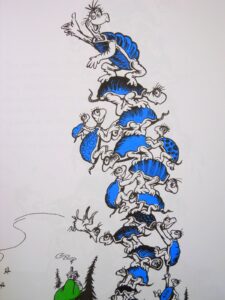
So what would happen if a senator entered the senate chamber and requested a quorum count? Presumably something like this:
- It would be discovered that there is not a quorum.
- Without a quorum, no business can be done.
- If no business can be done, the the Senate is in violation of the Constitution Article 1, Section 5, Clause 4.
- The Senate must call on the Sergeant-at-arms to wrangle up 51 senators, so there is a quorum, so legislative action can occur in compliance with the Supreme Court’s decision in National Labor Relations Board v. Noel Canning.
Supposing there are 48 Democratic senators and at least 3 Republican senators willing to be in the Capitol Building to receive and act on Impeachment Articles from the House, this can happen as early as tomorrow. The next opportunity will be on January 15th at the next pro forma session of the United States Senate.
And thus Mitch McConnell’s attempt to obstruct congress can be toppled, by the numbers. Turtles all the way down.
Philosophical Classics for Nerds
It is 60 days after the day I thought the U.S. presidential election would have been settled … and yet. Intellectually, I recognize the outrageousness of the situation, based on the Constitution, based on my high school civics lessons, and based on my memories of the 2000 presidential election between Bush and Gore when everyone felt that any wrong move or overreach back then would have threatened the stability of the republic and the rule of law.
At the same time I have become inured to the cray-cray and as I listen today to recordings of President Trump’s corrupt, self-serving call to Georgia Secretary of State Raffensperger, I find that my intellectual recognition that norms are being broken (the norm that we trust the democratic system, the norm that we should all abide by the rules as they are written , the norm that we should assiduously avoid tampering with ‘the process’ in any way) is not accompanied by the familiar gut uneasiness that signals to humans that norms have been disturbed. That thing that makes up “common sense”, a unanimity between thought and feeling, is missing for me due to four and more years of gaslighting.
When common sense breaks down in this way, there are generally two possible causes. Either you have gone crazy or everyone else has. Like Ingrid Bergman in that George Cukor film, our first instinct is to look for a Joseph Cotton to reassure us that we are right and Charles Boyer is wrong. What always causes me dread about that movie, though, is the notion that things wouldn’t have gone so well had Ingrid Bergman not been gorgeous and drawn Cotton’s gaze and concern.
In another film from a parallel universe, Cotton might have ignored Bergman, and she would have withdrawn from the world, into herself, and pursued a hobby she had full control over, like crochet, or woodworking, or cosplaying. Many do.
Over the past two decades, nerdiness has shifted from being a character flaw into a virtue, from something tacitly acknowledged into a lifestyle to be pursued. The key characteristic of “nerdiness” is the willingness to allow a passion to bloom into an obsession to the point of wanting to know every trivial and quadrivial aspect of a subject. True nerdiness is achieved when we take a matter just that bit too far, when friendships are broken over opinions concerning the Star Wars prequels, or when marriages are split over the classification of a print font.
The loss of the sensus communis can also mark the point where mere thought becomes philosophical. The hallmark of philosophical reflection is that moment when the familiar suddenly becomes unfamiliar and then demands our gaze with new fascination, like Ingrid Bergman suddenly drawing Joseph Cotton’s attention. For Heidegger this was the uncanniness of the world. For Husserl it was the epoche in which we bring into question the givenness of the world. And for Plato it is the desire for one’s lover, which one transfers to beauty in general, and finally to Truth itself.
Philosophers as a rule take things too far. They say forbidden things. They draw unexpected conclusions. They examine all the nooks and crannies of thought, exhaustively, to reach the conclusions they reach, often to the boredom of their audience. They were nerds before we knew what nerds were.
Even in the world of philosophy, however, there are books and ideas that used to be considered too important to overlook but too nerdy to be made central to the discipline. Instead, they have existed on the margins of philosophy waiting for a moment when the Zeitgeist was ready to receive them.
Here are five works of speculative philosophy whose time, I believe has come.
Simulacra and Simulations by Jean Baudrillard – This book describes virtual reality, a bit like William Gibson did with Neuromancer, before it was really a thing. The Wachowskis cite it as an inspiration for The Matrix and even put phrases from this work in one of Morpheus’s monologues. It is blessedly a short work that captures the essence of our virtual world today from a distance of almost half a century (it was written in 1983). No one should be working in tech today without understanding what Baudrillard meant by “the desert of the real.”
Reasons and Persons by Derek Parfit – Parfit took apart the notion of identity using thought experiments drawn from science fiction. One of his most striking arguments, introduced in Part Three of his work, in a section called Simple Teletransportation and the Branch-Line Case, Parfit posits a machine that allows speed-of-light travel by scanning a person into data, sending that data to another planet, and then reconstituting that data as matter to recreate the original person. Of course, we have to destroy the original copy during this process of teletransportation. Parfit toys with our intuitions of what it means to be a person in order to arrive at philosophical gold. If the reader is troubled by this scenario of murder and cloning cum teleportation, Parfit is able to point out that this is what we go through in our lives. How much of the matter we were born with is still a part of our physical bodies? Little to none?
For the coup de gras, one can apply the lessons of teletransportation to address our pointless fear of death. What is death, after all, but a journey through the teleporter without a known terminus?
The Conscious Mind by David J Chalmers – Just as the 4th century BCE saw a flourishing of philosophy and science in Greece, or the 16th century saw an explosion of literary invention in England, in the 1990’s Australia become the home of the most innovative works on the Philosophy of Mind in the world. Out of that period of wild genius David J Chalmers came out against the general trend driven by Daniel Dennett and Paul Churchland that denied the reality of consciousness. Chalmers, on the other hand, made the case through exacting arguments that consciousness is not only real, but is a fundamental property of the universe, alongside spatiality and temporality.
Hegel and the Metaphysics of Absolute Negativity by Brady Bowman – Since Dale Carnegie’s important work reforming the habits of white collar labor, positive thinking has been the ethos of professional life. The Marxian threat of alienated labor is eliminated by refusing to acknowledge the possibility of alienation in the corporate managerial class. Just as movie Galadriel tells us that “history became legend, legend became myth”, the power of positive thinking became a tenet of faith, then a method of prosperous Biblical exegesis, and finally a secret.
Do you ever get tired of mindless positivism? What if the underlying engine of the universe turns out not to be positive thinking but absolute negativity? And what if this can be proven through Hegel’s advanced dialectical logic? How much would you pay for a secret like that?
The Emperor’s New Mind by Roger Penrose – Penrose was a brilliant mathematical physicist who unleashed his learned background to the problem of human consciousness. Do physics and quantum physics in particular confirm or reject our theories about the human soul? I’ve always loved this book because Penrose comes up with a solution to human consciousness in a somewhat unphilosophical way – which made many philosophers nervous. The crux of his argument for the place of mind in a quantum universe is the size horizon of some features of the human brain. Ultimately, I think, Penrose provides a way to reconcile Kantian metaphysics with modern cutting edge physics and biology in a way that works – or that at least is consistent and the ground for the possibility of Kantianism.
Honorable mention: Darkside by Tom Stoppard – if you have been watching The Good Place then you should be familiar with The Trolley Problem, a thought experiment used to tease our ethical intuitions and commitments. What could make The Trolley Problem even better? What if it is incorporated into a radio play by one of our greatest living English dramatists, performed to the tracks of Pink Floyd’s Dark Side of the Moon, and acted out by Bill Nighy (The Hitchhiker’s Guide to the Galaxy), Rufus Sewell (Dark City) and Iwan Rheon (Game of Thrones).


